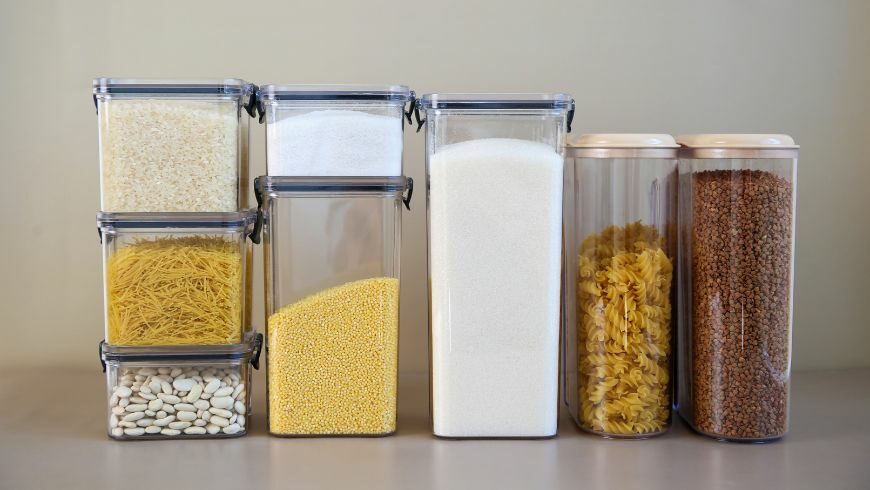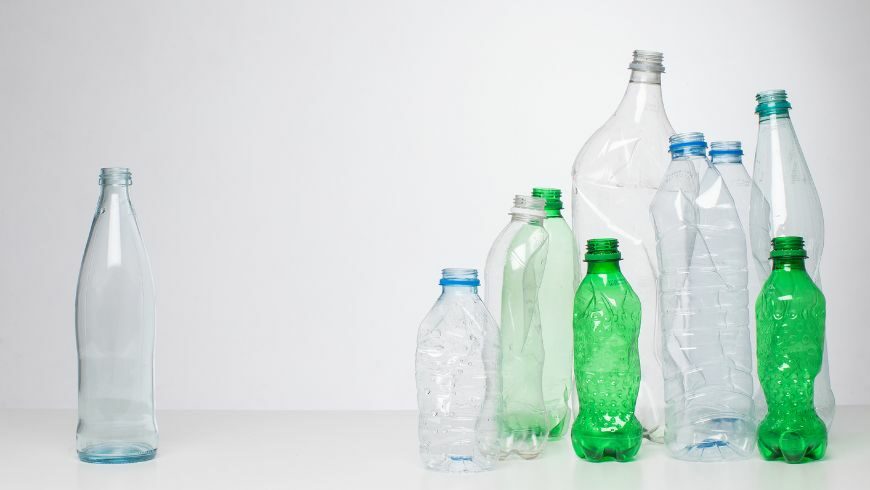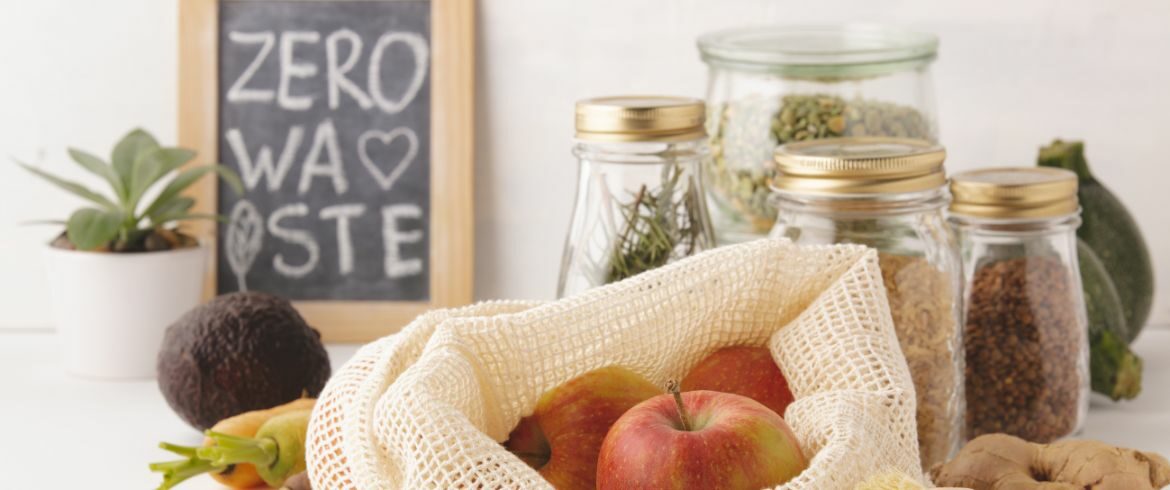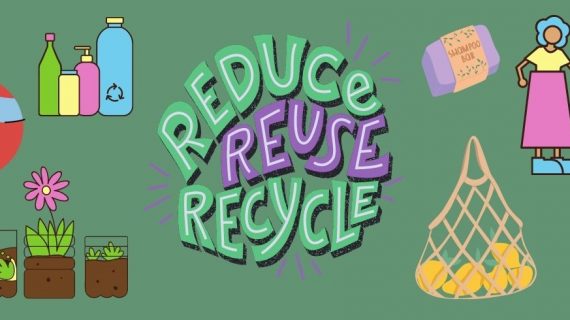The zero-waste lifestyle is often seen in a complicated light, with misconceptions that can make people hesitant to give it a try. If going zero-waste feels daunting or impractical to you, you’re certainly not alone in this thought.
However, many of these feelings stem from common myths surrounding the zero-waste movement. Let’s take a closer look at the list of the most frequently reported myths and the following truths.
Myth 1: Zero-Waste Lifestyle Is Inconvenient and Time-Consuming
Reality: One of the biggest myths is that a zero-waste lifestyle means spending more time and energy. However, it’s quite easy to include zero-waste habits in your everyday life without needing extra time. Small, simple changes are all it takes to make a big difference.
Myth 2: Zero-Waste Lifestyle Is Expensive

Reality: While investing in zero-waste products might seem more expensive at first, they actually save money over time by eliminating the need to repeatedly buy disposable items.
For example, purchasing a good-quality reusable water bottle will be more expensive than plastic bottled water, but it will soon prove more cost-effective. Using cloth shopping bags over plastic ones is another practical example. As cloth bags last much longer, you won’t have to keep replacing them.
Myth 3: You Must Be Perfect to Live Zero-Waste

Reality: Another common misconception is that making a difference requires perfection. Zero-waste living isn’t about being perfect; it’s about raising the bar whenever possible. That’s why every little change counts—whether it’s using cloth bags instead of plastic ones or choosing products with minimal packaging. Each small change can have a big impact.
Myth 4: Zero-Waste Lifestyle Means Giving Up Modern Conveniences
Reality: Some believe that zero-waste living means returning to the Stone Age or renouncing all the comforts of the twenty-first century.
However, zero-waste living is not about avoiding modern conveniences but rather about replacing things with eco-friendly alternatives that are practical in today’s society. For example, you can use eSIM card cards instead of plastic SIM cards. eSIM cards help to save the environment from plastic waste and can be cheaper since they offer flexible costs and help avoid roaming charges.
Myth 5: Zero-Waste Lifestyle Is Only for Environmentalists
Reality: Adopting zero-waste principles does not require complete dedication to environmental conservation. The zero-waste lifestyle is a practice that anyone, including individuals, families, and businesses, can embrace.
Essentially, it involves making choices that minimize waste, which benefits everyone. Some measures that can be taken include avoiding products with intensive packaging. You could also clean with reusable cloths instead of paper towels.

Myth 6: Zero-Waste Is All-Or-Nothing
Reality: Another common myth is that individuals must either fully embrace a zero-waste lifestyle or not attempt it at all. However, the truth is that even minimal reductions in waste are important and can lead to significant environmental improvements over time. Going zero-waste is not a short-term goal, so every step taken counts. For instance, you can start buying in bulk and storing purchases in reusable containers to reduce packaging.
Myth 7: Zero-Waste Is Too Complicated
Reality: The core principle of zero-waste living may seem complex, but it’s mostly about making your life less complicated. It involves avoiding single-use items and choosing products that can be reused or recycled.
By embracing this philosophy, you can cut the clutter and disorder associated with a consumerist lifestyle, ultimately leading to a more organized and simpler way of living. This not only has the potential to reduce your environmental footprint but also encourages a shift towards a more thoughtful and sustainable way of consuming.

Myth 8: Zero-Waste Is Only About Recycling
Reality: While recycling is a key component, zero-waste goes beyond it. It focuses on reducing consumption, reusing items, and designing products for a circular lifecycle. Recycling should be the last resort after reducing and reusing efforts have been maximized.

Living sustainably does not have to be overwhelming, and you can begin by making small strides towards a zero-waste lifestyle. Take baby steps and try to integrate as many sustainable practices as you can into your lifestyle. It’s always best to keep moving forward and not stress too much about the little mistakes that may occur now and then.




